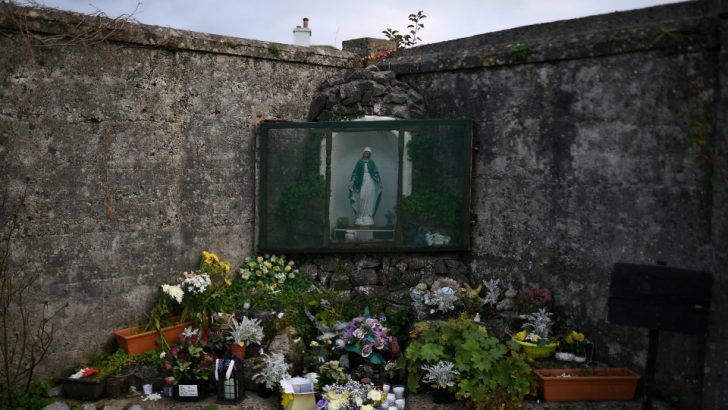There is no simple or singular story of the treatment of unmarried mothers in mother and baby homes and county homes. At the outset, I acknowledge that many former residents reject the use of the word ‘home’. The report of the commission investigating the treatment of the mothers and their children in the period from 1922-1998 makes for difficult reading.
The more than 3,000 pages attempt to tell a complex story that often reflects badly on Church and State. But families and individuals are also under the spotlight as are the societal attitudes that saw the conception of a child – even in circumstances that one might wish to be otherwise – as something akin to a crime to be hidden away and shrouded in shame.
Report
This report will make for grim if compelling reading for the many people who are still alive who were either born in these homes or gave birth to their children there. The success of television programmes like Who Do You Think You Are? points to the reality that the deepest and most enduring questions for each and every one of us are ones like “who am I?” or “where do I come from?” or “who are my people?”
Above all the headlines and the soundbites, it is the voices of the former residents that we need to hear. Some people report dreadful experiences marked by great cruelty while other people have spoken of the small kindnesses that made life more bearable in what was undoubtedly a harsh environment.
The story of the homes is a story of young women who were often abandoned at the time when they needed support most. Undoubtedly, the institutions were established with the best of intentions and to respond to a felt need where many young women who became pregnant outside of marriage were left to fend for themselves by their families. Individuals and communities were so petrified of petty gossip in what was an Ireland of ‘the valley of the squinting windows’ that institutions became the solution.
There is an all-too-easy temptation to find blame for a culture that was unacceptable and wrong. And, there is much blame to be attributed to both Church and State. But, mother and baby homes – in their various guises – were not peculiarly Irish or peculiarly Catholic. They were a feature of many countries including places dominated by secularism or Protestantism.
Cruelty
In reflecting on 20th Century Ireland and the cruelty that marked our treatment of those we deemed to be less worthy, we must excavate the societal attitudes that allowed such behaviour to be the norm. It would be easy to reduce the entire period to one of a nasty coalition of Church and State that had nothing to do with the prevailing culture.
As Irish people we rightly take pride in the fact that we are – by and large – a welcoming people. But, when we’re apportioning blame we need to accept and acknowledge that there were long periods of our history when we weren’t that welcoming to people who we felt didn’t fit in.
A lot of attention will understandably focus on the religious sisters and other people who worked in the homes. Depressingly, some of them betrayed their evangelical calling. Instead of being the face of Christ to those in need, some of our religious made the lives of some of the most vulnerable people in their care a life of living hell.
This is something that the Church must continue to seek forgiveness for. But we must also acknowledge the heroic work of the many men and women religious who gave up everything to try to make the lives of those they served better. The good work – while obviously overshadowed and tainted by the bad deeds – must never be entirely obscured. To do so would be to compound injustice.
There will be many column inches written in coming days and weeks about the report. This is important and hopefully will add more light than heat. Above all, it is vital that the voices of the former residents are heard. Behind every page is a human story, and that should never be forgotten.


 Michael Kelly
Michael Kelly Tuam Mother and Baby Home
Tuam Mother and Baby Home 